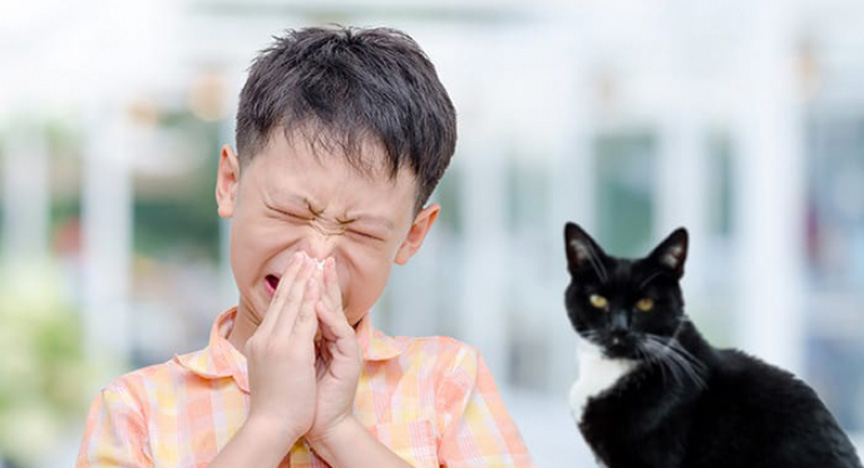
For children prone to allergies, the home can be a veritable minefield of environmental allergens that can trigger reactions ranging from sneezing, scratching, and watery, itchy eyes to asthma symptoms. Potential allergens in the home (outside and inside) include mould, plants (pollens), animals (saliva, pet hair and dander), cockroaches and house dust mites, to name just a few. While allergies can’t always be cured, they can be managed by taking a few preventative steps at home so your child can be as comfortable as possible. Here are a few to get you started:
1. Eliminate pests from your home
Pests such as cockroaches, mice and rats can spread a lot of allergens around. The best approach to eliminating pests from your home is to have a professional exterminator pay a visit. If this isn’t possible, set baits yourself.
2. Keep your house dry
Common allergens such as mould and mildew thrive in damp, poorly ventilated environments. Fix any leaky rooves and pipes as quickly as possible, and avoid placing carpet over concrete floors. Consider investing in a dehumidifier for areas that tend to accumulate more moisture – such as basements or bathrooms – but empty them regularly, and keep them clean, or they can just become a new home for mould and mildew.
3. Use a damp cloth for cleaning dust
Traditional dusters simply scatter allergens everywhere. Instead, use a damp cloth to wipe down shelves, cupboards, corners, or any area of your home that is prone to dust build up. If possible, it’s also wise to try to clean the house when your child isn’t home.
4. Create ‘pet-free’ areas of the home
If you have a furry, four-legged family member, aim to create ‘pet-free’ zones in your house. Your child’s bedroom should be one of them, but where possible, create another area where your child can play that is sure to be free of any allergens created by pets. You should also wash your pet and their bedding weekly, and keep litter trays outside. This doesn’t only apply to cats and dogs– pet dander can be found in hamsters, rabbits, guinea pigs, and any other furry critter that your child may love.
5. Use hypoallergenic casings on beds
The bedroom is the most allergen-prone room in your house, because the most common indoor allergen is dust mites. Using hypoallergenic casings on your child’s bed (mattresses, box springs, and especially pillows) is the most effective way of dealing with dust mites. You should wash all bedding at least once a week, so resist buying any decorative pillows or blankets that are more difficult to wash.
6. Opt for wooden floors in your child’s bedroom
It’s best to remove carpets and/or rugs from your child’s room and stick to wooden or linoleum floors if you can. Generally, carpets store a lot of dust, dust mites and other allergens in their fibres. Hard floors don’t collect as much dust, and dust mites are unable to burrow deep into them. If you can’t remove the carpet, invest in a vacuum with a high energy particle air (HEPA) filter that will prevent stirring up the dust.
7. Keep a lid on your rubbish
It’s important to keep your rubbish bins covered when trying to prevent extra allergens sneaking into the house. Make sure you have a separate bin for food scraps, general waste, and recycling, and ensure you empty all bins daily.
8. Keep toys clean and stored away
Children’s toys, knickknacks and the like tend to collect a lot of dust. Where possible, store children’s toys, games, books, and stuffed animals in cupboards, behind glass panels, or even in large storage bins. It’s also possible to buy “asthma and allergy friendly” stuffed toys and dolls which are specifically designed to repel dust mites. Try to limit stuffed animals to one or two washable favourites, and put them through the washing machine every time you wash your child’s sheets. Don’t forget to make the water hot!
9. Be on pollen patrol
If your child suffers from a pollen allergy, keep windows closed when pollen season is at its peak, and rely on air-conditioning or fans for air flow. Always have your child take a bath or shower and change clothes after they’ve been playing outdoors in pollen season, and make sure your child stays inside when there is any gardening work going on – specifically mowing.
If you suspect your child may be suffering from environmental allergies, it’s important to see your GP and have them properly diagnosed so you can do your best to avoid or reduce their exposure to the trigger allergen.